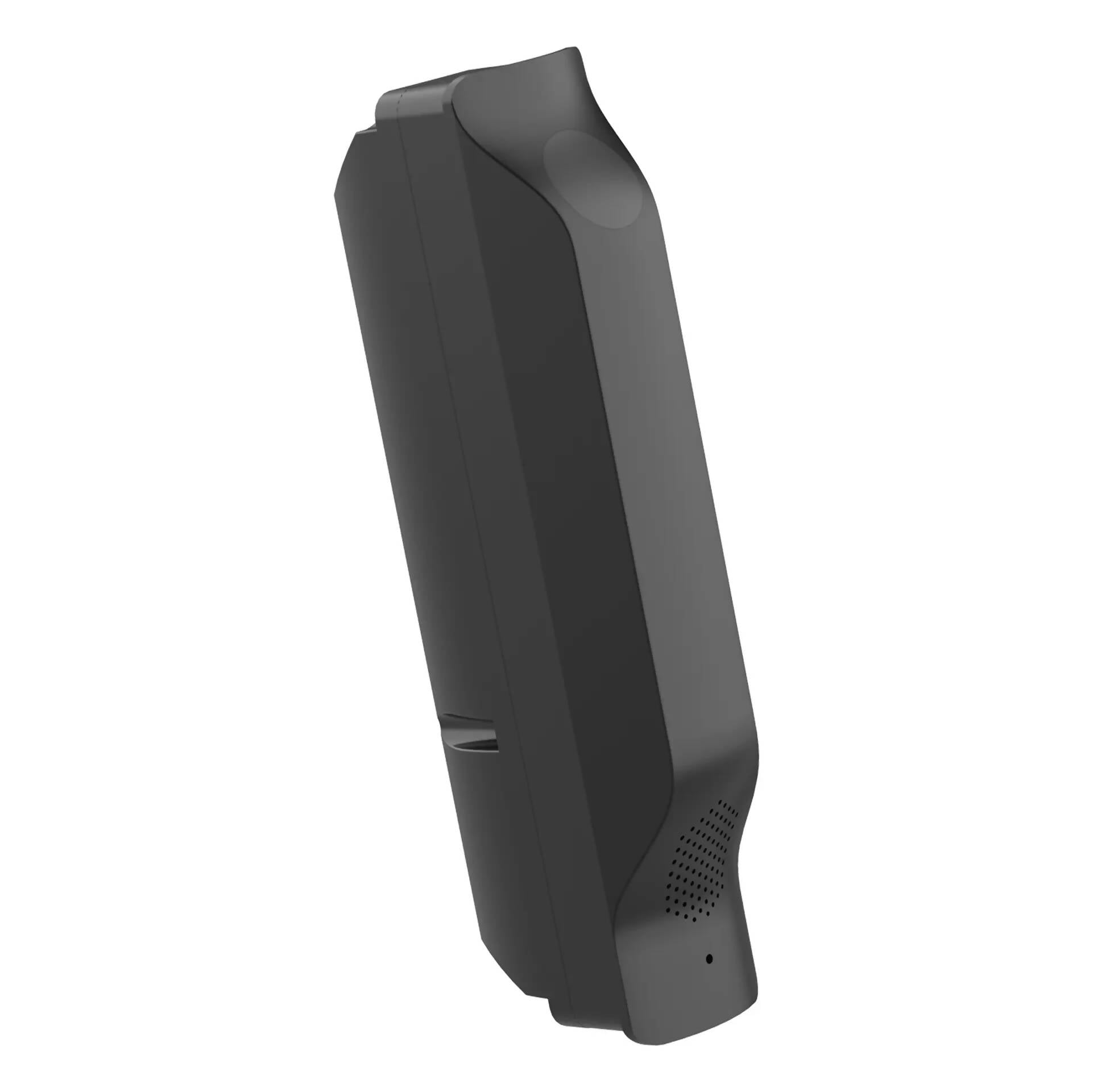Editor's Notes: "M1 Baleset: Gyakori Okai, Megelőzés és Tanulságok" have published today, March 8, 2023. This is a critical topic and everyone should read and educate themselves on the "M1 Baleset: Gyakori Okai, Megelőzés és Tanulságok".
After doing some analysis, digging deeper into the details, and summarizing the "M1 Baleset: Gyakori Okai, Megelőzés és Tanulságok", we put together this "M1 Baleset: Gyakori Okai, Megelőzés és Tanulságok" guide to help you make the right decision.
| Key Differences | Key Takeaways |
|---|---|
| - M1 balesetek | - M1 balesetek oka |
| - Megelőzés M1 balesetek | - Tanulságok M1 balesetek |
Are you ready to dive into the main article topics?
Frequently Asked Questions (FAQs)
This section addresses common queries regarding M1 Baleset, a devastating accident that claimed numerous lives and raised concerns about safety protocols. Understanding these questions and answers is crucial for preventing similar tragedies and shaping future practices.

IOT for OKAI EB100- Joyride Garage - Source garage.joyride.city
Question 1: What were the primary causes of the M1 Baleset?
The accident was attributed to a combination of factors, including infrastructure deficiencies, excessive speed, and driver fatigue. Inadequate lighting, poor road design, and the lack of proper safety barriers exacerbated the situation.
Question 2: What measures have been implemented to prevent similar accidents?
Following the M1 Baleset, authorities have initiated several safety initiatives. These include enhanced lighting, increased traffic patrols, improved road signage, and the installation of advanced driver assistance systems. Regular maintenance and inspection programs have also been implemented.
Question 3: What role did speed play in the tragedy?
Speed was a significant contributing factor to the severity of the M1 Baleset. Excessive speed impairs a driver's ability to react to unexpected situations and can significantly increase the impact force in a collision.
Question 4: How can driver fatigue be mitigated to enhance road safety?
Driver fatigue can be reduced through extended rest periods, the implementation of driver monitoring systems, and the promotion of healthy sleep habits. Enforcing regulations limiting driving hours and providing designated rest stops can further minimize the risks associated with fatigued driving.
Question 5: What lessons can be learned from the M1 Baleset to improve future safety practices?
The M1 Baleset serves as a poignant reminder of the importance of comprehensive safety measures, ongoing maintenance, and responsible driving practices. It emphasizes the need for collaboration between authorities, road users, and vehicle manufacturers to create a safer transportation system.
To further enhance safety, it is essential to promote awareness of traffic regulations, invest in driver education programs, and encourage the use of advanced safety features in vehicles.
Learning from past tragedies like the M1 Baleset enables us to proactively prevent similar occurrences and strive towards a future where roads are safe for all.
Next: Road Safety Initiatives in the Wake of M1 Baleset.
Tips
Accidents on the M1 highway are often the result of avoidable factors. By understanding the common causes of these accidents and taking steps to prevent them, drivers can significantly reduce their risk of being involved in a serious incident. Refer to M1 Baleset: Gyakori Okai, Megelőzés és Tanulságok for further insights.
Tip 1: Maintain a Safe Following Distance
The most common cause of M1 accidents is following too closely. Drivers should leave ample space between themselves and the vehicle ahead, especially in heavy traffic or poor visibility conditions.
Tip 2: Avoid Distracted Driving
Using a cell phone while driving is illegal and greatly increases the risk of an accident. Even hands-free devices can distract drivers from paying full attention to the road.
Tip 3: Be Aware of Surroundings
Drivers should always be aware of their surroundings, including the vehicles around them, the road conditions, and any potential hazards. This includes checking mirrors, using turn signals, and looking ahead for potential problems.
Tip 4: Adjust Speed for Conditions
Speeding is a major contributing factor to M1 accidents. Drivers should adjust their speed according to the road conditions, weather, and traffic. Reducing speed in bad weather or heavy traffic can significantly reduce the risk of an accident.
Tip 5: Be Prepared for Emergencies
Drivers should always be prepared for emergencies, such as a flat tire or a sudden stop. Carrying a spare tire, a jack, and a first-aid kit can provide peace of mind and reduce the likelihood of a serious incident.
Tip 6: Get Adequate Rest
Driving while tired is extremely dangerous and increases the risk of a serious accident. Drivers should get plenty of rest before undertaking a long journey and take breaks when needed.
Tip 7: Properly Maintain Vehicle
Regular vehicle maintenance can help prevent accidents by ensuring that the vehicle is in good working order. This includes checking tire pressure, fluid levels, and brakes. Regular inspections can identify potential problems before they become serious.

IFA 2022 - okai.co - Source eu.okai.co
By following these tips, drivers can significantly reduce their risk of being involved in an M1 accident. Maintaining a safe driving behavior, being aware of surroundings, and taking precautions can help keep drivers and passengers safe.
M1 Baleset: Common Causes, Prevention, and Learnings
Understanding the factors behind M1 road accidents is crucial for effective prevention strategies. This article delves into the six key aspects that contribute to these incidents, presenting common causes, necessary preventive measures, and valuable lessons to be learned.

Kerékpárok - OKAI - Source okai.hu
- Speeding: Excessive speed limits visibility and reaction time.
- Distractions: Cell phones, texting, and other distractions divert attention from the road.
- Impaired Driving: Alcohol and drug use severely impair judgment and coordination.
- Aggressive Driving: Tailgating, cutting off, and speeding lead to collisions.
- Road Conditions: Poor lighting, potholes, and construction zones create hazards.
- Vehicle Maintenance: Malfunctioning brakes, tires, and other components increase the risk of accidents.
To prevent M1 accidents, drivers must adhere to speed limits, eliminate distractions, avoid impaired driving, practice defensive driving techniques, and ensure regular vehicle maintenance. Additionally, road authorities can improve infrastructure and implement stricter enforcement measures. By understanding these key aspects and implementing the necessary precautions, we can significantly reduce the frequency and severity of M1 road accidents, ensuring a safer driving environment for all.

OKAI Electric Bikes - OKAI Stride EB40 Step Thru Commuter Electric Bike - Source bikecraze.com
M1 Baleset: Gyakori Okai, Megelőzés és Tanulságok
The article "M1 Baleset: Gyakori Okai, Megelőzés és Tanulságok" provides a comprehensive analysis of the causes, prevention measures, and lessons learned from accidents occurring on the M1 motorway in Hungary. It is a valuable resource for understanding the dynamics of traffic accidents, particularly on high-speed motorways.

Gyulai Hírlap - Baleset miatt lezárták a Fehér-Körös-hidat - Source www.gyulaihirlap.hu
The article identifies speeding, fatigue, and tailgating as the most common causes of accidents on the M1. It emphasizes the need for drivers to adhere to speed limits, take regular breaks during long journeys, and maintain a safe distance from the vehicle in front. The article also discusses the importance of vehicle maintenance, road conditions, and weather factors in accident prevention.
The article not only examines the causes of accidents but also offers practical advice for drivers to mitigate risks. It recommends defensive driving techniques, such as scanning the road ahead and anticipating potential hazards, and advises drivers to be aware of their own limitations and avoid driving under the influence of alcohol or drugs.
The article concludes with a call to action for all stakeholders involved in road safety. It urges drivers to take responsibility for their actions, encourages authorities to invest in road infrastructure and enforcement measures, and emphasizes the need for ongoing education and awareness campaigns. By working together, we can reduce the number of accidents on the M1 and make our roads safer for everyone.
| Cause | Prevention |
|---|---|
| Speeding | Adhere to speed limits and use cruise control |
| Fatigue | Take regular breaks on long journeys and avoid driving when tired |
| Tailgating | Maintain a safe distance from the vehicle in front |
| Vehicle maintenance | Ensure vehicles are regularly serviced and in good working order |
| Road conditions | Report any hazardous road conditions to the authorities |
| Weather factors | Be aware of weather conditions and adjust driving accordingly |